Table of Contents
The Role of AI in Transforming IT Operations in 2025: Trends and Insights reveals how artificial intelligence is reshaping the IT sector. In 2025, AI is driving unparalleled efficiency by automating complex IT processes, enhancing cybersecurity, and optimizing infrastructure management. With the integration of cutting-edge AI technologies like machine learning and predictive analytics, businesses are leveraging AI to streamline operations, boost performance, and make data-driven decisions. As AI revolutionizes IT automation and security, staying informed on these trends is critical to staying competitive in the rapidly evolving digital landscape.
How AI is Streamlining IT Operations for Enhanced Efficiency
Overview of AI’s Impact on Operational Efficiency
Artificial Intelligence (AI) is revolutionizing how IT operations function by enhancing operational efficiency through the automation of repetitive tasks and optimization of workflows. IT departments often face the challenge of handling routine tasks such as system monitoring, troubleshooting, and updates, which consume significant time and resources. AI automation helps eliminate these manual tasks, allowing IT professionals to focus on more strategic responsibilities.
AI’s ability to manage large-scale data is another major factor contributing to operational efficiency. With AI, businesses can analyze and process vast amounts of data in real-time, providing actionable insights and reducing latency in decision-making. Furthermore, AI-driven tools can automate workflow processes, ensuring consistent performance across multiple systems. This not only improves the overall efficiency of IT operations but also reduces the risk of human error. By leveraging AI, companies can streamline their IT processes and optimize System performance.
The Role of AI in Transforming IT Operations in 2025: AI-Powered Process Automation
AI-driven automation tools are fundamentally changing how IT operations are managed. AI-powered automation reduces the workload of IT teams by handling tasks that traditionally required manual intervention. From routine system checks to automated updates and troubleshooting, AI-driven platforms like AIOps (Artificial Intelligence for IT Operations) are improving productivity across the board. AIOps solutions use machine learning and data analytics to automate complex IT processes, monitor infrastructure, and detect issues in real-time.
Read More”From Sci-Fi to Reality: The Evolution of Artificial Intelligence“
Read More “Unleashing the Power of Artificial Intelligence: Exploring the Possibilities“
Read More “12 Artificial Intelligence Stocks That Could Make You a Millionaire“
In addition to AIOps, IT process automation (ITPA) is streamlining workflows by enabling the automation of intricate processes across IT ecosystems. Platforms like ServiceNow and Splunk use AI to automate service requests, incident responses, and system diagnostics, thus freeing up IT teams to focus on high-priority tasks. These tools not only enhance operational productivity but also help companies maintain better service-level agreements (SLAs) by resolving issues faster and reducing downtime.
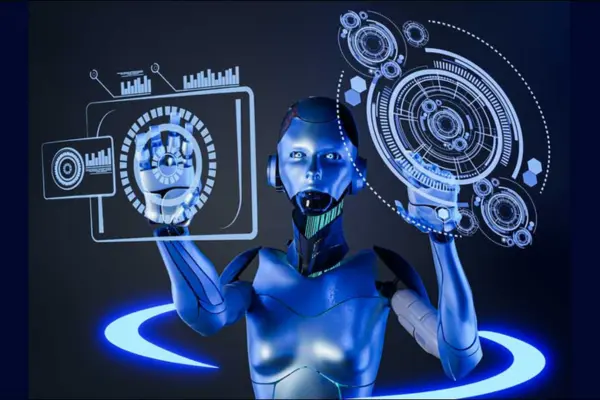
As AI automation continues to evolve, businesses are reaping the benefits of enhanced efficiency, reduced operational costs, and faster response times. AI-driven automation is key to transforming IT operations into agile, efficient ecosystems capable of adapting to ever-evolving demands.
Improving System Performance and Uptime with AI
AI plays a critical role in improving system performance and ensuring maximum uptime by leveraging predictive maintenance. Predictive maintenance involves using AI algorithms to detect potential system failures before they occur. By analyzing historical data, machine learning models can identify patterns and flag anomalies that may lead to breakdowns or performance issues. This allows IT teams to address problems proactively, minimizing downtime and avoiding costly disruptions.
Additionally, real-time system monitoring powered by AI enables IT teams to track performance metrics continuously and receive instant alerts about irregularities. This level of automation ensures that systems are running smoothly around the clock, with performance optimizations being made in real-time. As a result, companies can achieve higher uptime rates, improved system reliability, and increased productivity.

AI’s ability to predict issues and automate responses not only reduces the likelihood of system failures but also enhances the overall efficiency of IT operations. Businesses that integrate AI into their system management strategies can significantly improve operational resilience while maintaining optimal performance.
Key AI Technologies Driving IT Transformation in 2025
Overview of Emerging AI Technologies
As AI continues to evolve, several cutting-edge AI technologies are driving significant transformations in IT operations. Some of the most impactful technologies include machine learning (ML), natural language processing (NLP), robotic process automation (RPA), and AI-driven analytics. These technologies are at the forefront of innovation, allowing businesses to automate complex IT processes, optimize resource management, and deliver faster, data-driven decisions.
- Machine learning enables systems to learn from data patterns and improve their performance without being explicitly programmed. It’s widely used in predictive maintenance, anomaly detection, and system optimization.
- Natural language processing allows AI to understand, interpret, and generate human language. In IT, NLP can automate customer service through AI chatbots, streamline ticket resolution, and analyze user feedback.
- Robotic process automation (RPA) automates routine, rule-based tasks in IT, such as processing service requests or running diagnostics, enhancing operational efficiency.
- AI-driven analytics provides deep insights from large datasets, enabling IT leaders to make informed decisions quickly and with greater accuracy.
Incorporating these emerging technologies into IT operations is essential for staying competitive in 2025 and beyond, as they enable organizations to operate more efficiently, reduce costs, and drive continuous improvement.
AI in IT Infrastructure Management
AI’s role in managing IT infrastructure is becoming increasingly important as businesses rely on more complex systems and larger data centers. AI tools are now being used to automate the management of cloud infrastructure, optimize data centers, and monitor network performance in real-time. This reduces manual intervention and ensures that IT operations run smoothly, even at scale.
One of the key advancements in this space is the rise of autonomous systems. These AI-driven systems can manage, monitor, and optimize infrastructure without the need for human oversight. For instance, self-healing networks use AI to identify potential failures in network infrastructure and automatically take corrective actions to prevent downtime. This level of automation enhances the reliability of IT operations while significantly reducing the time and effort required for system maintenance.
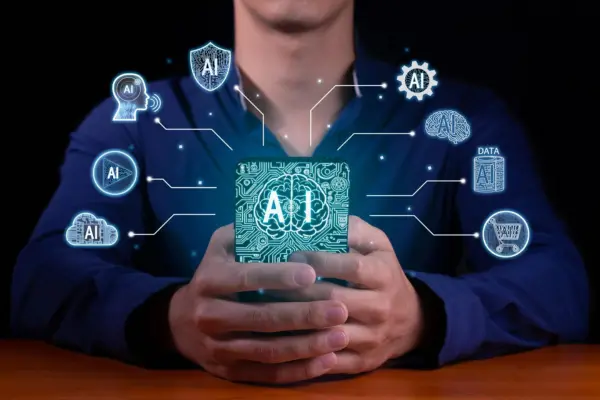
In cloud environments, AI-driven infrastructure management tools can monitor resource usage, automatically scale resources based on demand, and optimize workloads to ensure cost-efficiency. As a result, companies can improve the performance of their IT infrastructure, reduce operational costs, and minimize the risk of system failures, all thanks to AI integration.
AI for Data-Driven Decision-Making in IT
AI is revolutionizing data-driven decision-making in IT by enabling organizations to analyze vast amounts of data in real-time and extract actionable insights. With AI-powered analytics, IT teams can identify patterns, trends, and potential risks within their systems more accurately and quickly than ever before. This allows businesses to make proactive decisions that improve system performance, enhance security, and optimize resource allocation.
For IT leaders, AI-driven analytics offer the ability to forecast demand, optimize resource management, and improve overall system efficiency. These tools enable strategic decision-making by providing deeper insights into IT operations, helping leaders to align their infrastructure and processes with business goals. AI also supports predictive analytics, which helps organizations anticipate future challenges and address them before they impact operations.
Incorporating AI into decision-making processes empowers IT teams to be more agile, data-driven, and responsive to changes in their environment, ultimately driving better business outcomes.
The Impact of AI on IT Security and Risk Management
Enhancing IT Security with AI
AI is becoming a pivotal force in enhancing IT security, offering advanced solutions to combat increasingly sophisticated cyber threats. One of the most significant advantages of AI-powered tools in cybersecurity is their ability to detect and prevent security threats through anomaly detection and threat intelligence. These tools can analyze vast amounts of network data in real-time, identifying unusual patterns or activities that may indicate a breach. By leveraging machine learning algorithms, AI systems can evolve to recognize emerging threats faster than traditional methods.
AI enhances network security by automating incident response and providing proactive defenses. AI-based security systems can instantly respond to threats by isolating affected systems, preventing the spread of malware, or halting suspicious activities before they escalate. This rapid incident response minimizes potential damage and reduces downtime, enabling businesses to maintain secure operations without manual intervention.
Moreover, AI in threat intelligence allows for the aggregation and analysis of security data from global sources, providing IT teams with actionable insights into current and future threats. As a result, businesses can stay ahead of cybercriminals, continuously improving their defenses with the help of AI-driven security tools. The integration of AI in IT security is a game-changer for safeguarding digital assets in today’s interconnected landscape.
AI’s Role in Proactive Risk Management
AI plays a critical role in proactive risk management by predicting and mitigating potential threats before they escalate. With AI, IT security systems can analyze historical data and detect patterns that signal vulnerabilities, helping businesses anticipate and prevent risks. For example, AI-driven platforms can identify weak points in networks, such as unpatched software or outdated firewalls, and suggest immediate remediation actions to prevent exploitation.
AI’s ability to automatically respond to threats is another key benefit in proactive risk management. When AI detects an anomaly or a potential breach, it can take corrective actions, such as isolating compromised systems or enforcing additional security protocols, without waiting for human intervention. This real-time response capability reduces the window of opportunity for attackers and ensures that risks are managed swiftly.
By integrating AI into risk management strategies, organizations can better protect themselves from emerging cyber threats, ensuring a robust, resilient defense system that adapts to evolving risks.
Challenges of Implementing AI in IT Security
While AI offers significant advantages in IT security, there are also challenges associated with its implementation. One key issue is the prevalence of false positives in AI-powered security systems. Because AI tools are designed to detect anomalies, they can sometimes misinterpret benign activities as potential threats. These false positives can overwhelm security teams with unnecessary alerts, making it difficult to prioritize real risks.
Another challenge is ensuring data privacy when using AI in cybersecurity. AI systems often require access to sensitive data to function effectively, raising concerns about data governance and privacy. Mismanagement of this data could lead to breaches or misuse, posing a significant risk.
Moreover, the implementation of AI in IT security necessitates human oversight. While AI can automate many processes, continuous monitoring and adjustment are required to ensure that the systems remain effective. This means IT professionals must maintain and improve AI models to avoid degradation in performance. Ultimately, a hybrid approach combining AI’s strengths with human expertise is crucial to overcoming these challenges and building a robust cybersecurity strategy.
AI-Powered Automation in IT Operations: Benefits and Challenges
Benefits of AI-Powered IT Automation
AI-powered automation is transforming IT operations by delivering significant benefits in terms of cost savings, increased speed, and reduced human error. By automating repetitive and time-consuming tasks, AI frees up IT teams to focus on more complex and strategic initiatives. For instance, tasks such as system monitoring, software updates, and security scans can be entirely automated, reducing the need for manual intervention and minimizing the risk of human mistakes.
One of the major advantages of AI-powered automation is its ability to handle the scalability and complexity of modern IT systems. As businesses grow, their IT infrastructure becomes more intricate, requiring increased monitoring and maintenance. AI tools can seamlessly scale to meet these demands, optimizing system performance and efficiency even as operations expand.
Additionally, AI-driven automation provides flexibility, allowing businesses to adapt quickly to changing requirements. Automated systems can detect potential issues in real-time and take corrective actions, ensuring that IT operations run smoothly with minimal downtime. By reducing the burden on human teams, AI also helps lower operational costs, making it a valuable investment for organizations seeking to optimize their IT processes and maintain high levels of performance.
Challenges and Risks of AI Integration in IT Operations
Despite the numerous advantages, integrating AI into IT operations comes with its own set of challenges and risks. One of the primary obstacles is the learning curve involved in adopting AI technologies. IT professionals must acquire new skills to work effectively with AI-driven systems, which can be time-consuming and costly. Re-training the workforce to understand and manage AI systems requires investment in education and development, which not all organizations are prepared for.
Another significant challenge is managing AI biases. Since AI systems are only as good as the data they are trained on, they can inherit biases from that data, leading to flawed decision-making. This issue can be particularly problematic in IT operations, where biases in AI algorithms may lead to inefficient or unfair outcomes.
Additionally, ethical considerations must be addressed when implementing AI in decision-making processes. Questions surrounding data privacy, accountability, and transparency need to be carefully managed to ensure responsible use of AI. Organizations must develop strong governance frameworks and ethical guidelines to mitigate these risks.
The successful integration of AI into IT operations requires a balanced approach, where AI’s benefits are maximized while its risks are carefully managed through continuous oversight and the development of skilled professionals.
AI is playing a transformative role in shaping the future of IT operations in 2024. From improving operational efficiency through automation to bolstering security and risk management, AI offers countless opportunities for innovation and growth. However, businesses must address challenges such as workforce re-skilling and AI governance to fully capitalize on its potential. As AI technologies continue to evolve, organizations that embrace these advancements will lead the way in a competitive landscape.
Ready to leverage AI for your IT operations? Stay ahead by implementing cutting-edge AI-driven solutions today and watch your efficiency and security soar.
What is the most significant impact of AI on IT operations in 2025?
AI is revolutionizing IT operations by automating routine tasks, improving decision-making, and enhancing overall efficiency. This includes areas like predictive maintenance, incident management, and IT service management.
How is AI being used to improve IT security in 2025?
AI is playing a crucial role in detecting and preventing cyber threats. AI-powered systems can analyze vast amounts of data to identify anomalies and potential attacks, enabling proactive security measures.
How is AI changing the role of IT professionals in 2025?
IT professionals are shifting from manual tasks to more strategic roles. AI enables them to focus on complex problem-solving, innovation, and driving business value.
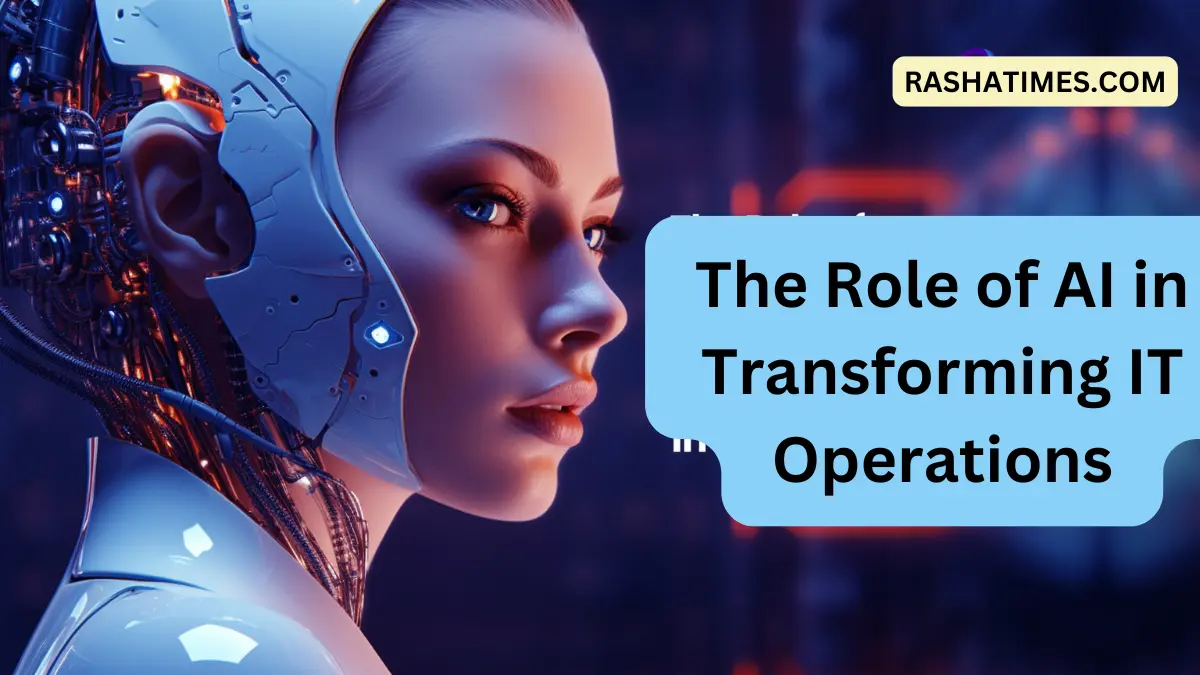
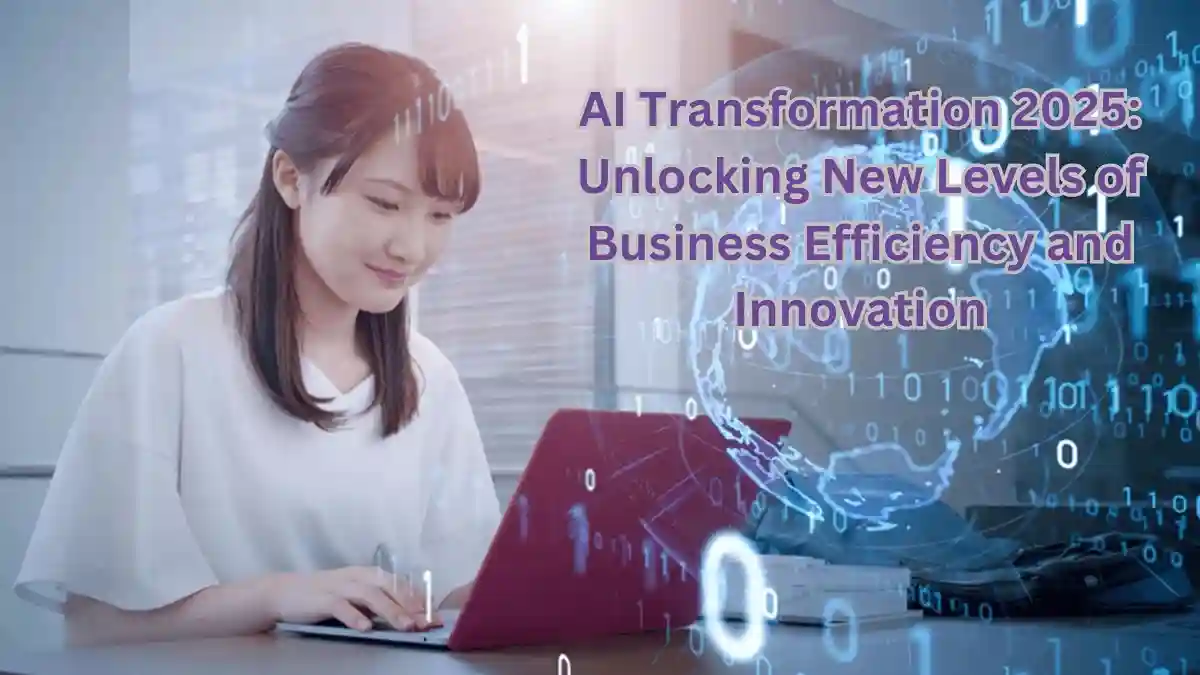




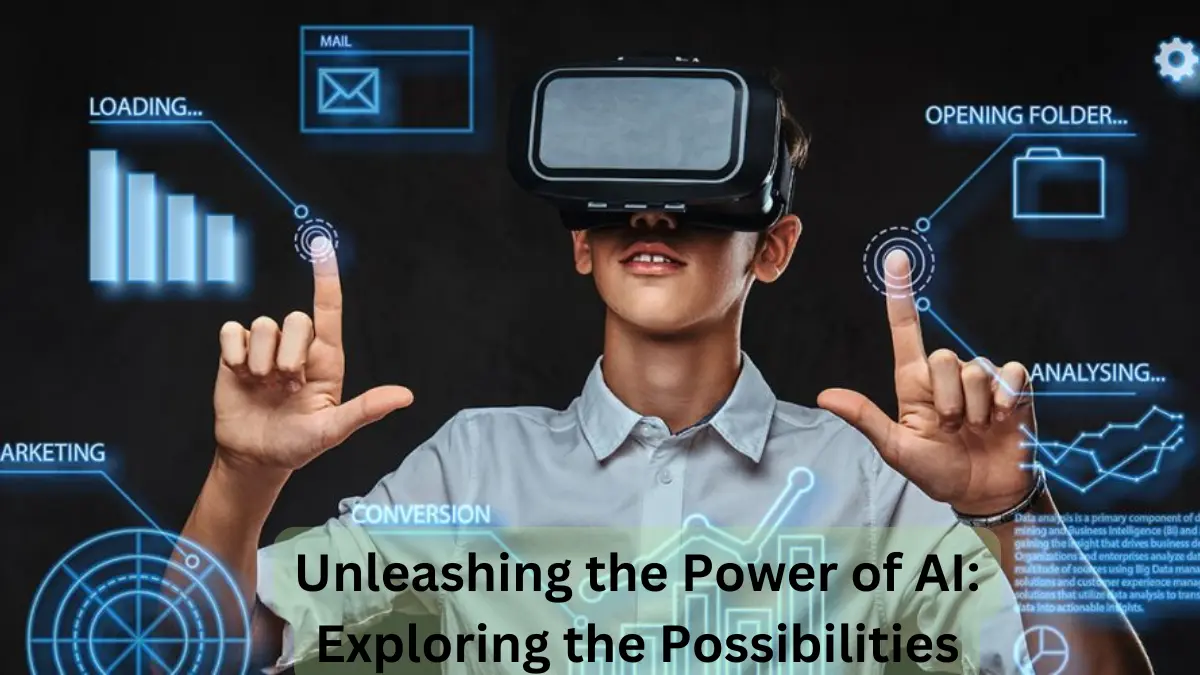
Hey there, You have done a fantastic job. I will certainly digg it and personally recommend to my friends. I’m confident they’ll be benefited from this site.